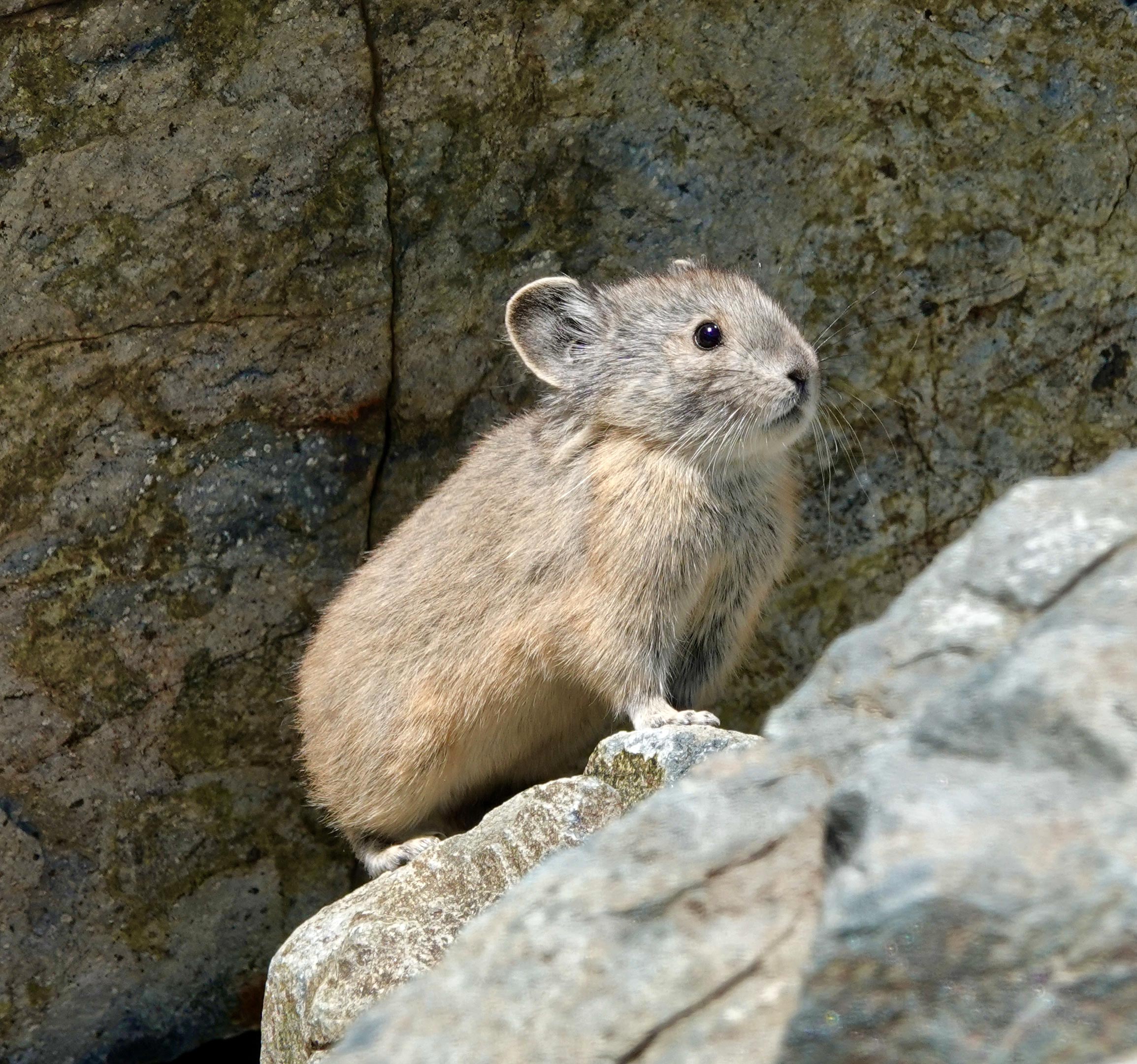

Like rabbits, after eating they initially produce soft green feces, which they eat again to take in further nutrition before producing the final solid fecal pellets. They are about 15 to 23 cm (6 to 9 in) in body length and weigh between 120 and 350 g (4 and 12 + 1⁄ 2 oz), depending on species. Pikas are small mammals, with short limbs and rounded ears. The two species found in North America are the American pika, found primarily in the mountains of the western United States and far southwestern Canada, and the collared pika of northern British Columbia, the Yukon, western Northwest Territories and Alaska. Another species, the Sardinian pika, belonging to the separate genus Prolagus, has become extinct within the last 2000 years owing to human activity. Only one genus, Ochotona, is extant within the family, covering 37 species, though many fossil genera are known. It is used for any member of the Ochotonidae, a family within the order of lagomorphs which also includes the Leporidae (rabbits and hares). The name ‘pika’ appears to be derived from the Tungus piika, and the scientific name Ochotona is from the Mongolian word ogutun-a, оготно, which means pika. The pika is also known as the whistling hare because of its high-pitched alarm call when diving into its burrow.

In the autumn they pull hay, soft twigs and other stores of food into their burrows to eat during the long, cold winter. Pikas prefer rocky slopes and graze on a range of plants, mostly grasses, flowers and young stems. The large-eared pika of the Himalayas and nearby mountains is found at heights of more than 6,000 m (20,000 ft), among the highest of any mammal. With short limbs, very round body, an even coat of fur, and no external tail, they resemble their close relative, the rabbit, but with short, rounded ears. A pika ( / ˈ p aɪ k ə/ PY-kə archaically spelled pica) is a small, mountain-dwelling mammal found in Asia and North America.


 0 kommentar(er)
0 kommentar(er)
